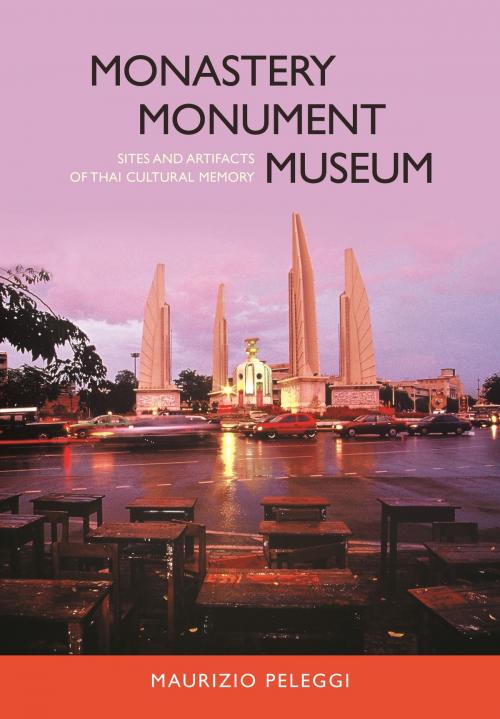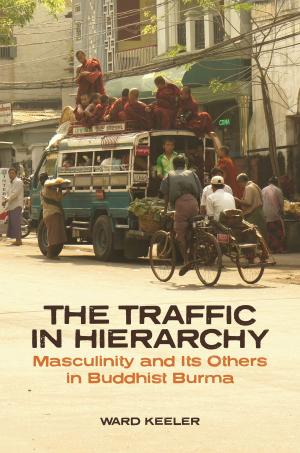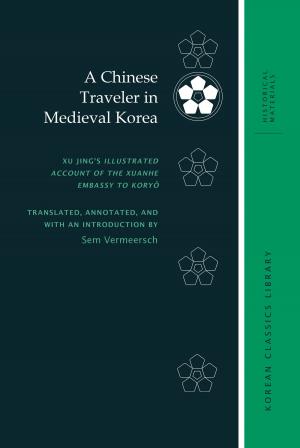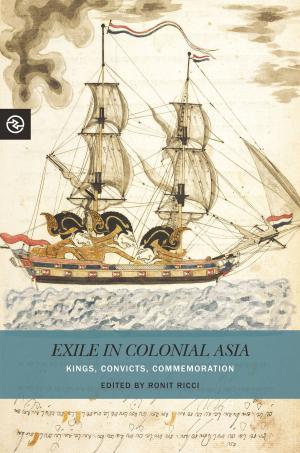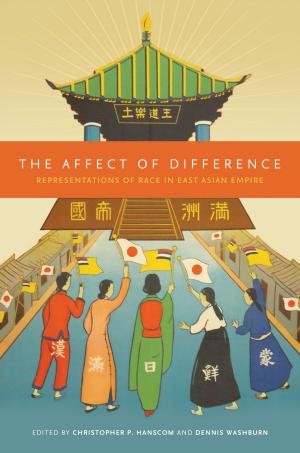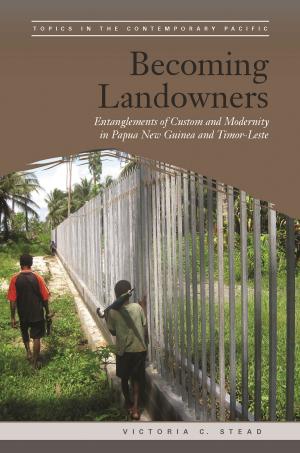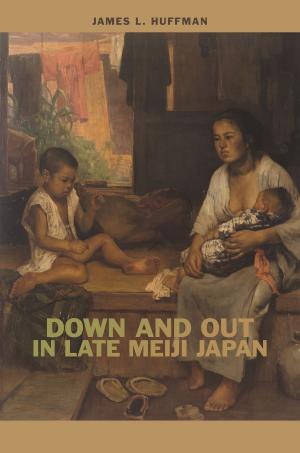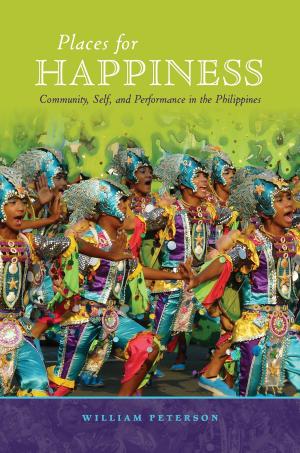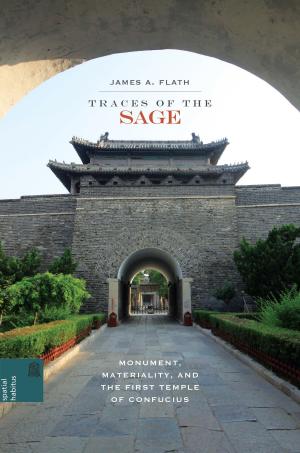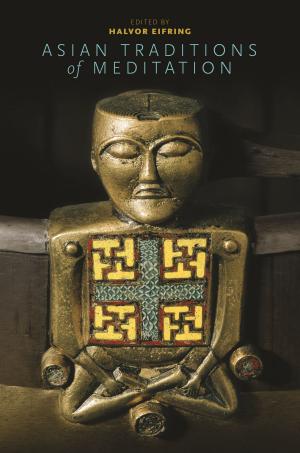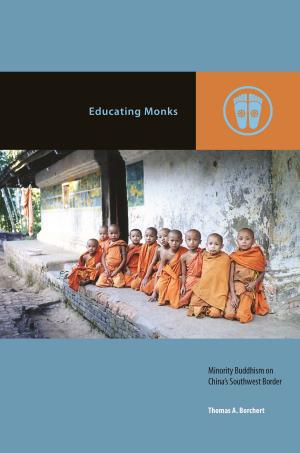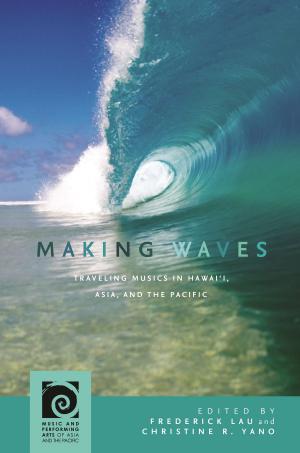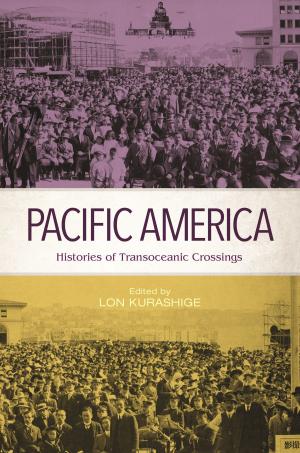Monastery, Monument, Museum
Sites and Artifacts of Thai Cultural Memory
Nonfiction, History, Asian, Southeast Asia, Social & Cultural Studies, Social Science, Archaeology, Anthropology| Author: | Maurizio Peleggi | ISBN: | 9780824866075 |
| Publisher: | University of Hawaii Press | Publication: | October 31, 2017 |
| Imprint: | University of Hawaii Press | Language: | English |
| Author: | Maurizio Peleggi |
| ISBN: | 9780824866075 |
| Publisher: | University of Hawaii Press |
| Publication: | October 31, 2017 |
| Imprint: | University of Hawaii Press |
| Language: | English |
Ranging across the longue durée of Thailand’s history, Monastery, Monument, Museum is an eminently readable and original contribution to the study of the kingdom’s art and culture. Eschewing issues of dating, style, and iconography, historian Maurizio Peleggi addresses distinct types of artifacts and artworks as both the products and vehicles of cultural memory. From the temples of Chiangmai to the Emerald Buddha, from the National Museum of Bangkok to the prehistoric culture of Northeast Thailand, and from the civic monuments of the 1930s to the political artworks of the late twentieth century, even well-known artworks and monuments reveal new meanings when approached from this perspective.
Part I, “Sacred Geographies,” focuses on the premodern era, when religious credence informed the cultural alteration of landscape, and devotional sites and artifacts, including visual representation of the Buddhist cosmology, were created. Part II, “Antiquities, Museums, and National History,” covers the 1830s through the 1970s, when antiquarianism, and eventually archaeology, emerged and developed in the kingdom, partly the result of a shift in the elites’ worldview and partly a response to colonial and neocolonial projects of knowledge. Part III, “Discordant Mnemoscapes,” deals with civic monuments and artworks that anchor memory of twentieth-century political events and provide stages for both their commemoration and counter-commemoration by evoking the country’s embattled political present.
Monastery, Monument, Museum shows us how cultural memory represents a kind of palimpsest, the result of multiple inscriptions, reworkings, and manipulations over time. The book will be a rewarding read for historians, art historians, anthropologists, and Buddhism scholars working on Thailand and Southeast Asia generally, as well as for academic and general readers with an interest in memory and material culture.
Ranging across the longue durée of Thailand’s history, Monastery, Monument, Museum is an eminently readable and original contribution to the study of the kingdom’s art and culture. Eschewing issues of dating, style, and iconography, historian Maurizio Peleggi addresses distinct types of artifacts and artworks as both the products and vehicles of cultural memory. From the temples of Chiangmai to the Emerald Buddha, from the National Museum of Bangkok to the prehistoric culture of Northeast Thailand, and from the civic monuments of the 1930s to the political artworks of the late twentieth century, even well-known artworks and monuments reveal new meanings when approached from this perspective.
Part I, “Sacred Geographies,” focuses on the premodern era, when religious credence informed the cultural alteration of landscape, and devotional sites and artifacts, including visual representation of the Buddhist cosmology, were created. Part II, “Antiquities, Museums, and National History,” covers the 1830s through the 1970s, when antiquarianism, and eventually archaeology, emerged and developed in the kingdom, partly the result of a shift in the elites’ worldview and partly a response to colonial and neocolonial projects of knowledge. Part III, “Discordant Mnemoscapes,” deals with civic monuments and artworks that anchor memory of twentieth-century political events and provide stages for both their commemoration and counter-commemoration by evoking the country’s embattled political present.
Monastery, Monument, Museum shows us how cultural memory represents a kind of palimpsest, the result of multiple inscriptions, reworkings, and manipulations over time. The book will be a rewarding read for historians, art historians, anthropologists, and Buddhism scholars working on Thailand and Southeast Asia generally, as well as for academic and general readers with an interest in memory and material culture.
